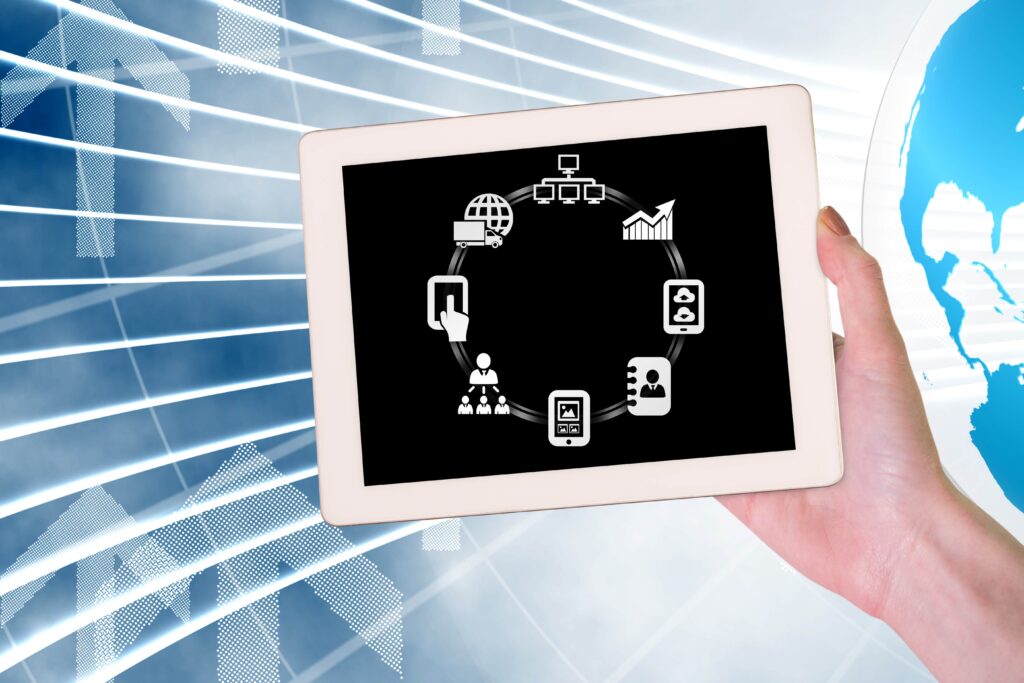Web Real-Time Communication (WebRTC) is a technology that enables real-time voice, video, and text communication directly between browsers and mobile devices without the need for any intermediary servers or plugins. WebRTC has revolutionized the way we communicate online, making it possible to have real-time video calls with friends and family, participate in online meetings and conferences, and even play multiplayer games without any lag or latency.
Market Growth and Trends
The global WebRTC market is expected to grow at a CAGR of 37.61% during the forecast period of 2023-2028, reaching a value of USD 58.99 billion by 2028. This growth is being driven by a number of factors, including:
- The increasing demand for seamless communication and collaboration across the enterprise.
- The rising use of smartphones and tablets, which are ideal devices for WebRTC-based applications.
- The growing adoption of WebRTC in the healthcare, education, and retail sectors.
- The widespread availability of high-speed internet connectivity.
Current Landscape
The WebRTC market is currently dominated by a few major players, such as Twilio, Vonage, and Amazon Web Services (AWS). These players offer a variety of WebRTC-based services and solutions, including video calling, audio conferencing, and screen sharing.
In addition to the major players, there is also a growing ecosystem of startups and small businesses that are developing innovative WebRTC-based applications and services. These applications and services are being used by businesses of all sizes to improve communication and collaboration, enhance customer service, and create new revenue streams.
Future Directions
The future of the WebRTC market is very promising. WebRTC is expected to continue to grow in popularity as more and more businesses and consumers adopt it. Some of the key trends that are likely to shape the future of the WebRTC market include:
- The increasing use of WebRTC in artificial intelligence (AI) and machine learning (ML) applications.
- The growing adoption of WebRTC in virtual and augmented reality (VR/AR) applications.
- The development of new WebRTC standards and protocols that will enable even more innovative and powerful applications.
Key Applications and Use Cases
WebRTC is being used in a wide variety of applications and use cases, including:
- Video calling and conferencing: WebRTC is being used to power video calling and conferencing applications such as Google Meet, Zoom, and Microsoft Teams.
- Live streaming: WebRTC is being used to power live streaming applications such as YouTube Live and Twitch.
- Gaming: WebRTC is being used to power multiplayer games such as Agar.io and Skribbl.io.
- Education: WebRTC is being used to power online learning platforms such as Coursera and Udemy.
- Healthcare: WebRTC is being used to power telemedicine applications that allow patients to connect with doctors and other healthcare professionals remotely.
- Customer service: WebRTC is being used to power live chat and video chat applications that allow businesses to provide customer support in real time.
Benefits of WebRTC
WebRTC offers a number of benefits over traditional communication technologies, including:
- Cost savings: WebRTC is a free and open-source technology, which means that there are no licensing fees associated with its use.
- Scalability: WebRTC can be scaled to support a large number of users, making it ideal for enterprise applications.
- Security: WebRTC uses encryption to protect user data in transit.
- Ease of use: WebRTC is easy to use and deploy, and it does not require any special skills or knowledge.
Additional insights and predictions
In addition to the trends and applications mentioned above, here are some additional insights and predictions about the future of the WebRTC market:
- WebRTC will become increasingly integrated with other technologies, such as AI, ML, VR, and AR. This will lead to the development of new and innovative applications that were not possible before.
- WebRTC will play a major role in the future of work. As more and more people work remotely, WebRTC will be essential for enabling real-time communication and collaboration.
- WebRTC will also play a major role in the future of education and healthcare. It will enable students to learn and patients to receive care from anywhere in the world.
